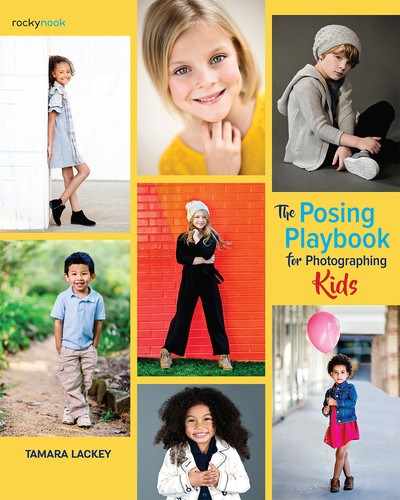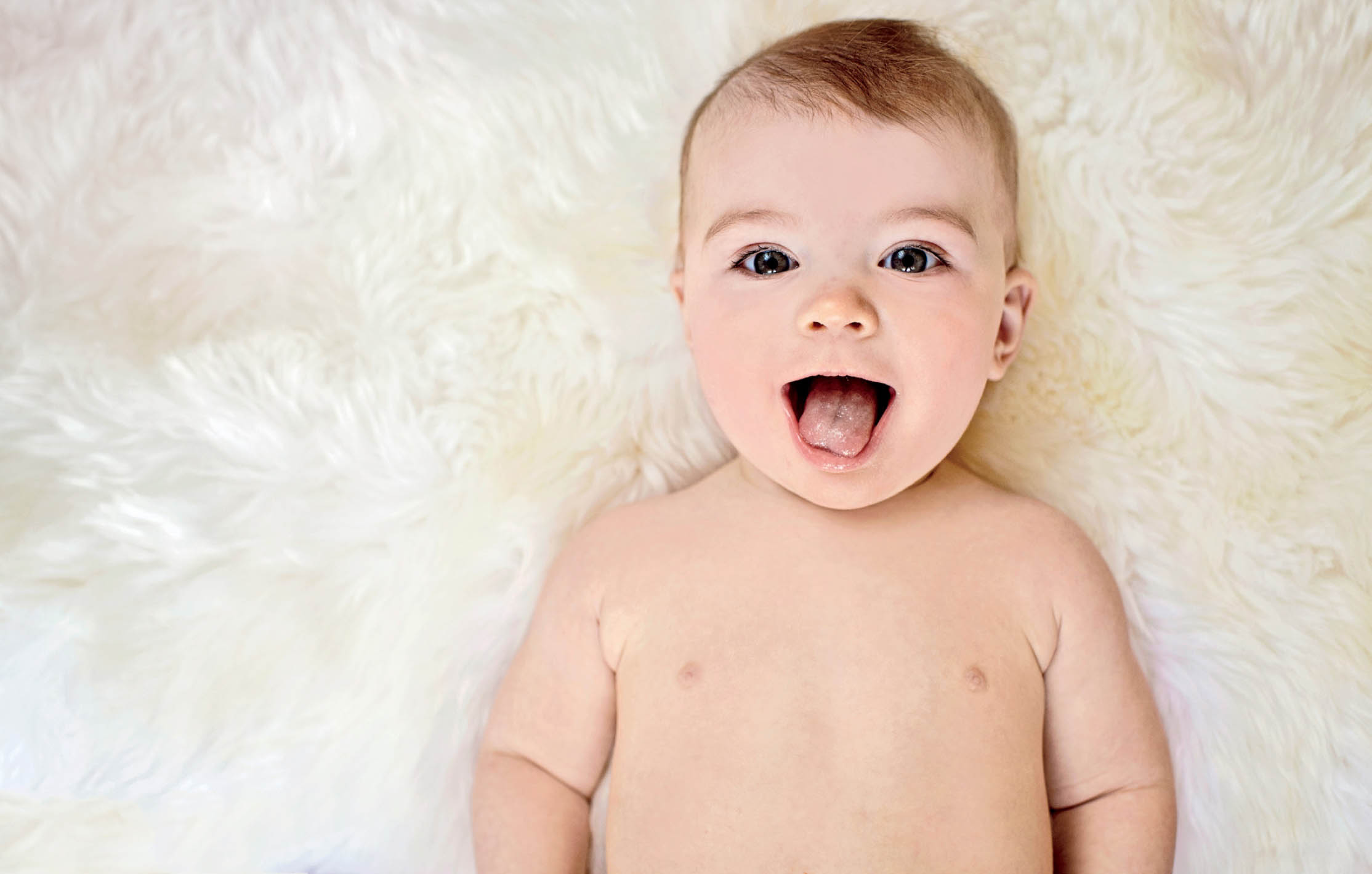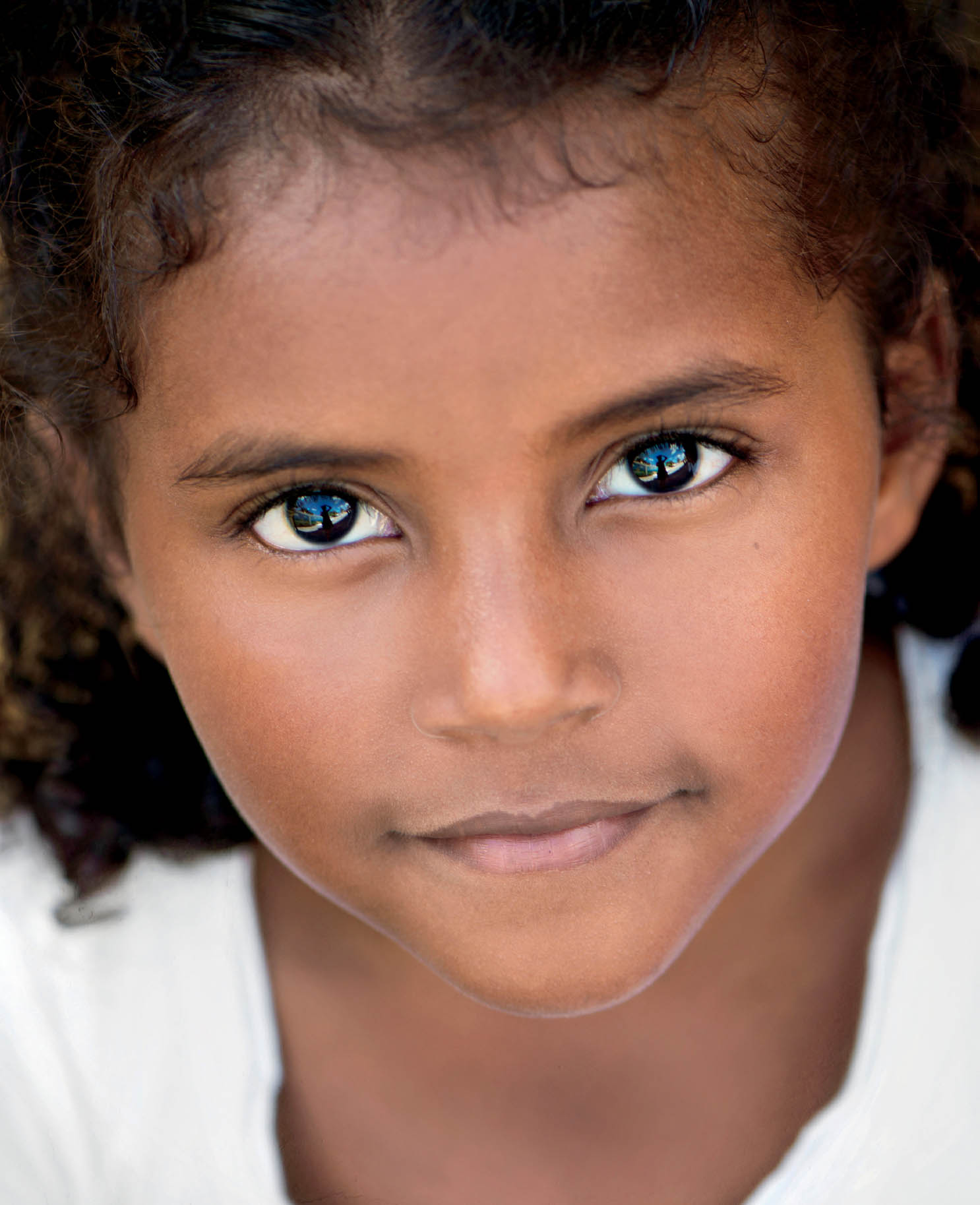IT’S BEEN SAID THAT great photography is not about the gear. In so many ways, that is true. The vast majority of this book is focused on showcasing the wide variety of considerations that come into play when shooting a strong portrait. That said, it’s still critical to ensure that you actually have the equipment that best fits the varying nature of your shoots. And often the best gear is simply that which best fits your needs.
CAMERA BODIES
I shoot every session with at least two cameras on hand. And on longer or more complex shoots, I will have a third, just as an additional backup. I like to shoot with more than one camera for a couple of reasons. The first is basic security. I have had multiple cameras lock up on me, often blinking unknown error messages. It may only be a random temporary issue, but it’s a significant one if it happens during a shoot.
Another reason I always bring at least two cameras to a shoot is to enjoy the ease of shooting with separate lens options affixed to each camera body. I can get different views and angles without slowing down to change lenses. This is also a near requirement when shooting in a wet, windy, or sandy location—like at the beach on a blustery day, during a rainstorm, or when shooting portraits in dustier environments. At those times, I don’t risk opening up my camera sensor even one time.
Here are a few things to consider when shooting with two camera bodies at the same time:
- Set the two cameras to the same date/time stamp. Trying to sort through images from two different cameras in a chronological way post-shoot can become an hours-long project, depending on how many images you shot.
- Ensure that both cameras are set to the same color profile, which will dictate similar levels of sharpening or contrast, or any of the other many ways you can customize your shooting style.
- Confirm that both cameras are set to the same white balance setting to save you valuable time in post-processing.
- Set a similar image quality for each camera. If you’re dialed into RAW for one camera and low-quality JPEG on another, you’re setting yourself up for a wide variety in output.
- Review any other aspects of shooting with two cameras that may have an effect on your particular shooting style.
When it comes to choosing which camera to use, consider the image quality and color tones of your camera of choice, the dynamic range capabilities and what type of high-resolution you require. I would strongly suggest you select a camera with high-ISO capabilities. The benefits of being able to shoot at a higher ISO (without notable loss in image quality) are more significant than simply being able to shoot in lower light. It also helps when shooting fast action, giving you the ability to let more light into your camera when you might not be able to add artificial light.
What kind of action will your camera need to be able to capture? I shoot a lot of fast-moving subjects, so shooting with a camera that has a frame rate of anywhere from 9–12 frames per second is very useful. I also appreciate a tilt-and-touch LCD screen that allows me to step away from the camera. I can pull the LCD away from the camera and tilt it so that I can hold the camera on the ground and still see the shot while just crouching. I can hold it above my subject without having to stand over them and still see the shot. I use this charming and useful feature often. It’s also incredibly handy to be able to touch the screen to focus.
Lastly, consider how the camera actually feels in your hands, the basic ergonomics of shooting with one camera over another. Sometimes it’s not about which camera body has all the bells and whistles; sometimes it’s simply about how it feels in your hands while you’re shooting and how intuitively you use its controls.
LENSING OPTIONS
One question I am asked rather often is where one should put their money when budgeting for camera gear. My answer is always the same: purchase a good-quality camera with solid ISO capabilities and one top-quality lens. I would always go with a pretty good camera and one amazing lens over the best camera on the market and several average lenses. First of all, new camera models come out pretty regularly, and all the new ones seem cooler than the previous ones, even though the previous models are still very good cameras. Secondly, a pretty good camera can do a lot for you, especially when you can shoot at higher ISOs with no discernible noise issues.
But an amazing lens can make a huge difference. Lenses can last forever, as long as they are well maintained. Even though new lenses are produced rather regularly, and some features are improved—like a new vibration reduction option on your all-time favorite lens, for instance—it is still a better choice to invest in a lens that can improve the sharpness and quality of your work right out of the gate. I have stood side by side with photographers at my portrait workshops where we were both shooting the same subject with the same settings in the same lighting with the same camera—and the quality of our images was notably far apart. The only difference was the lens we were using. It can be that powerful of a factor when shooting.

Portrait Lens
A strong portrait lens, especially when utilized at a distance from your subjects, is ideal for photographing individuals or small groups in a very flattering way. One of the key attributes of a strong portrait lens is that you can isolate your subjects from the background when shooting with a shallow depth of field. A good rule of thumb, generally speaking, is to shoot at least 12–15 feet away from your subject in order to achieve an undistorted portrait. Perspective compression can have a big impact on how flattering a portrait is, so the distance between the lens and your subject matters. The closer you are to your subjects when you are photographing them, the more likely you are to distort their facial features (think bigger noses, warped facial structure, smaller ears). The farther away you are from your subjects, the more you can “flatten” their features. Think of every unflattering image you’ve seen of celebrities when they have clearly been photographed from a significant distance away. Not good.
The portrait lenses I use most often are the Nikon 105mm f/1.4 lens and the 85mm f/1.4 lens. The shallow depth-of-field capability allows for buttery, soft, beautiful backgrounds (and foregrounds) with sharp focus on subjects and easier low-light shooting. You can also use it to show off some great movement and expression. I love great-quality portrait lenses.
Telephoto Lens
A telephoto lens can be used to cover considerable distance when photographing your subjects from afar, while delivering the strongest emphasis on perspective compression. It is also capable of capturing a shallow depth of field with a noticeably strong separation of subject from background. One of the main jobs of a telephoto lens is to visually compress distance, so subjects don’t appear as far away. This is why you get a more striking image of a full moon, for instance, when you shoot with a telephoto lens rather than a standard lens.
Telephoto lenses can offer a definite advantage when it comes to portrait photography. You are able to maximize the lovely bokeh, which often enhances the focus on your individual subject. You can also enhance the dreamy quality of a family portrait through this distinct narrow angle of view, allowing you to be more selective about what you to choose to include in the frame.
The potential downside of a telephoto lens is that you may be shooting farther away from your subjects than you would choose to at times. This may limit your ability to interact comfortably with them. Interestingly enough, though, I often find that to be a perk of shooting with a telephoto lens. There are plenty of times when you want to distance yourself from your subject. You may want to step back and get more candid, documentary-style shots, or you may want to simply give your subject “space,” an energy break from when you were shooting closer. Sometimes you may even need a bit of space too. For all those reasons, and more, this is a good lens to have at the ready for portrait shoots.
My lens of choice is the 70–200mm f/2.8 lens. It is very fast to focus and is an excellent choice when photographing fast-moving subjects or sports. It has some strong vibration reduction capabilities, which means that it can help you to control camera shake. Vibration reduction can be incredibly useful, especially in low-light situations.
Macro Lens
A solid macro lens that also has portrait capabilities is a great investment to make due to its versatility and ability to capture a whole world that you don’t often see otherwise. A macro lens is fantastic for showing off details. With babies and children, this can provide a great opportunity to showcase eyelashes, little fingers and toes, and all the other things that parents are enamored with when it comes to their new little ones. It’s also a great way to show off details surrounding an environmental portrait. You can shoot the portrait session and then add in little details from the environment that pair together beautifully with the main portraits in portrait albums or when framed together.
And, of course, there is all the joy that macro shooting provides. You’re invited into this secret magical world where everything tiny is shown in great detail. All that being said, I prefer a macro lens that also functions as a great portrait lens. For that reason, my lens of choice is the 105mm f/2.8 macro lens.

Wide-Angle Lens
When photographing families, a wide-angle lens can be quite useful, and never more so than when you are shooting in a relatively tight space. These lenses are typically defined (on a full-frame 35mm camera) as any lens that is less than or equal to the 35mm focal length—most commonly the 35mm and the 24mm. Anything under 24mm starts dropping into the ultra-wide-angle lens category, all the way down to the 10mm and fisheye lenses. These produce distorted views that can often be used to great creative effect.
Wide-angle lenses allow you to include quite a lot in your frame, which is great for environmental portraits. A note of caution when shooting portraits with wide-angle lenses, though: you need to keep the distortion tendencies of the lens in mind when considering how attractively you want to photograph your subjects. If you shoot too closely, you can create significant distortion—noses look larger, ears appear to be teeny tiny, and hands or feet that are closer to the lens seem strikingly out of proportion with the rest of the body. Similarly, when shooting a group, pay attention to who is in the middle of the frame and who is on the edges of the frame—and, even more significantly, how close they are to the edges of the frame—as those in the middle can look “normal” while those on the edge will look “wider” or even “much wider.” I always suggest that photographers frame responsibly, for the love of all things kind and fair!
My two lenses of choice for wide-angle shooting are the 35mm f/1.4 lens and the 24–70mm f/2.8 lens, at the wider side, of course. Let’s start with the 35mm f/1.4 lens. I find this to be a fantastic lens choice when I am photographing sibling groups because it’s a fixed focal length that is considered wide-angle but is also quite close to providing a natural angle of view, similar to the perception of the human eye. But since it’s kind of in the middle, it can give you a bit of a quirky view of things, which I think is brilliant because it can be visually compelling in a way that makes images stand out. The image quality is superior to what you might find with a zoom lens dialed into 35mm, and the f/1.4 allows you to achieve vibrant captures in lower-light situations.
My favorite of the two lenses, though, is the 24–70mm f/2.8 lens. I could write an entire chapter about this one on its own. This is my workhorse lens, the one I take to every single shoot I do. Whether it is a portrait shoot or an editorial shoot or a commercial shoot or a humanitarian shoot or a landscape shoot or all of the hundreds of weddings I shot for seven years: THIS LENS IS ALWAYS IN THE BAG. It’s what I grab when I don’t know what I’m walking into and, given the way I shoot, that’s pretty much everything I do. I guess if I knew every single thing that could unfold during a portrait session, I probably wouldn’t shoot as many because it wouldn’t be as interesting to me. So that’s a good thing.
This lens is beautifully versatile. It’s a wide-angle lens, a standard lens, and a portrait lens all rolled up into one because of its zoom capabilities. So the advantage of using this lens is that it allows you to immediately shift from an up-close wide-angle view to a from-a-distance portrait view to a remain-where-you-are-standing view, all with relatively little effort. The disadvantage, if there is one to name, is that it does not produce image quality that is as crisp and clean as I would get with my prime lenses with fixed focal lengths. If I shoot a scene at 35mm on my 24–70mm f/2.8 and hold the image up against an photograph shot with my 35mm f/1.4, the latter shot is a stronger capture—but not so much that I would want to keep swapping out lenses in quick-moving situations. The other major benefit of this lens is that it is quite fast to focus. For that reason alone, it is incredible. I will literally run with my subjects, just to capture different looks, feels, and expressions, and it will click away as instantly as I am grabbing focus. And it will do so again and again. It’s a constant performer. The images are shot with edge-to-edge sharpness across the frame too. And if I am photographing subjects moving toward me, I can get off quite a number of shots at rather close range without missing a beat.
Standard Lens
The standard, or “normal,” lens provides the most undistorted, natural angle of view of the subject matter because it is pretty much the same angle of view as the human eye. So what you see is what you get when you capture a photograph with this lens, which some might find reassuring and others may find disappointing. I actually find the standard lens to be a more challenging one to use when I am focused on capturing artistic, compelling, and creative images. It’s not my favorite focal length at all. That said, I know plenty of amazing portrait photographers who absolutely love their standard lens and use it more than any other. Basically, a standard lens is one in that 50mm range. But it can go down to 40mm or so, and up to the 60mm range as well. I have shot with both the 50mm f/1.4 lens and the 58mm f/1.4 lens, but I don’t do so often. It probably bears repeating here that others favor these lenses. I just don’t, and I rarely shoot with them.
PERSPECTIVE MANAGEMENT
In addition to choosing the best lens to flatter your subject, you also want to manage the perspective from which you are shooting.
When photographing your subjects consider what you want to show off, and what you might want to show less of. Consider how close various parts of your subject are to the lens and move your subject around accordingly. For instance, if you’re shooting from a lower angle and your subject’s legs are closer to the lens, they will appear larger. If they are sitting down, perhaps you want to take a minute to have them tuck their legs back a bit.
By the same logic, if you want to emphasize a gorgeous smile, have your subject lean in toward the camera, showcasing that megawatt smile first. This is a particularly useful technique when photographing a subject’s eyes. Simply by positioning your subject and shooting from a higher angle so that the eyes are closer to the lens, you enhance their impact.





